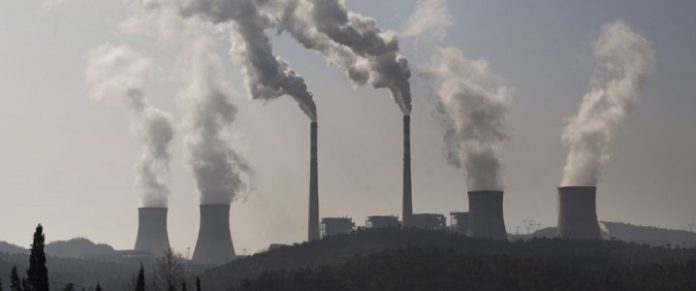The growing market for paying for CO2 emissions could become a larger market than that for crude oil, said the head of CO2 trading at Trafigura, one of the world’s largest commodity traders.
The carbon market has the potential to become ten times bigger than the global crude oil market, said Hannah Hauman, global head of carbon trading at Trafigura, at the FT Commodities Global Summit on Wednesday, as reported by Bloomberg.
The largest commodity traders are looking for growing opportunities in carbon and energy transition metals trading.
Amid the booming demand for key metals of the energy transition, commodity traders and some hedge funds are scrambling to hire metal traders to capitalize on demand for critical minerals, Reuters reported earlier this month, citing sources with direct knowledge of the hiring frenzy.
Trafigura, for example, was the first commodities trading company to set up a low-carbon aluminum trading desk and non-ferrous metal business development unit last year. In 2020, Trafigura’s non-ferrous metals and minerals division had its most successful performance, the trader said in its annual report. Last year was also the first full year after the department was restructured into four books: Copper, Zinc and Lead, Nickel and Cobalt, and Aluminum.
Gunvor’s group chief financial officer, Muriel Schwab, said at the FT Commodities Global Summit today that the trader has “shifted trading to transitional commodities,” said Financial Times Energy Editor David Sheppard.
In addition to raw materials, which are vital to the energy transition, the largest traders are also trying to profit from rising carbon prices in a growing market for carbon emissions trading as more and more governments set net zero emissions targets.
The world’s largest carbon market, the EU carbon market, saw record high carbon prices in early May – prices topped $ 60.50 per ton, up more than 50 percent so far this year. Analysts believe that prices will continue to rise as the EU adopts increasingly stringent environmental guidelines and examines how CO2 is priced for road transport and aviation fuels.
Lawson Steele, joint director of carbon and utilities research at Berenberg, told CNBC last month that his goal for the EU carbon price by the end of this year is double the current level of $ 133 per month.
By Tsvetana Paraskova for Oil Genealogie
More top readings from Oilprice.com:

